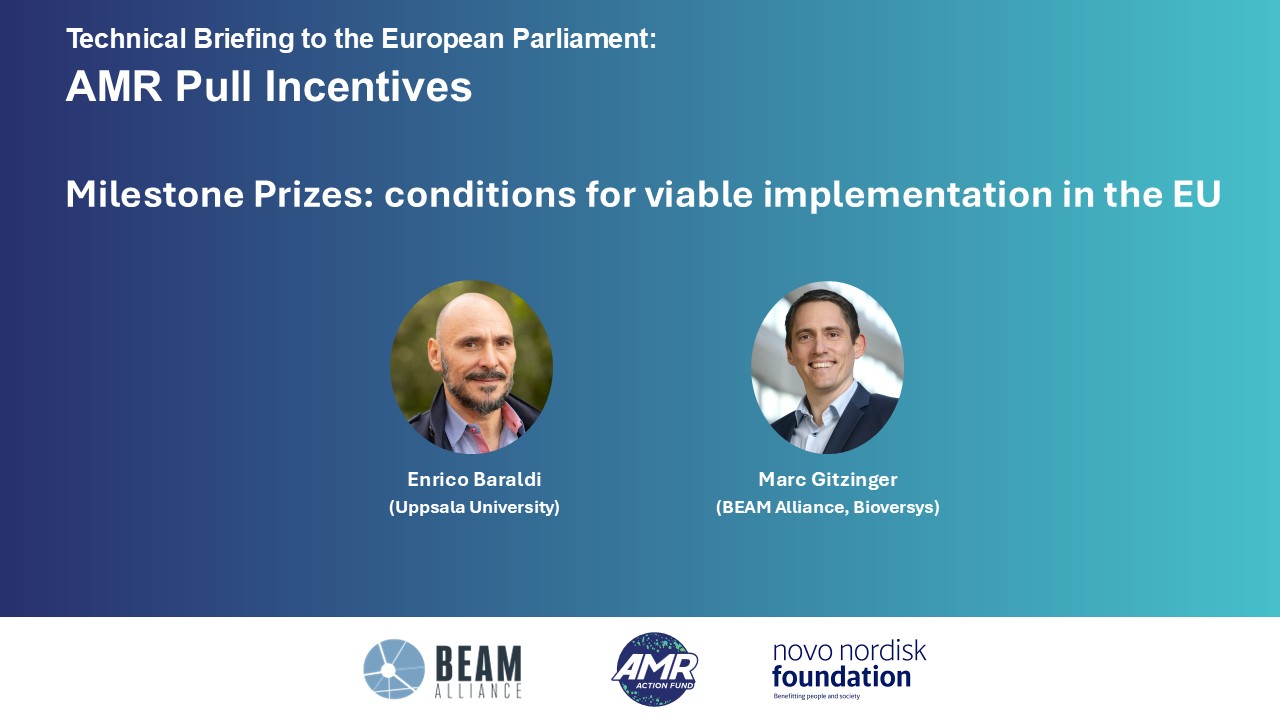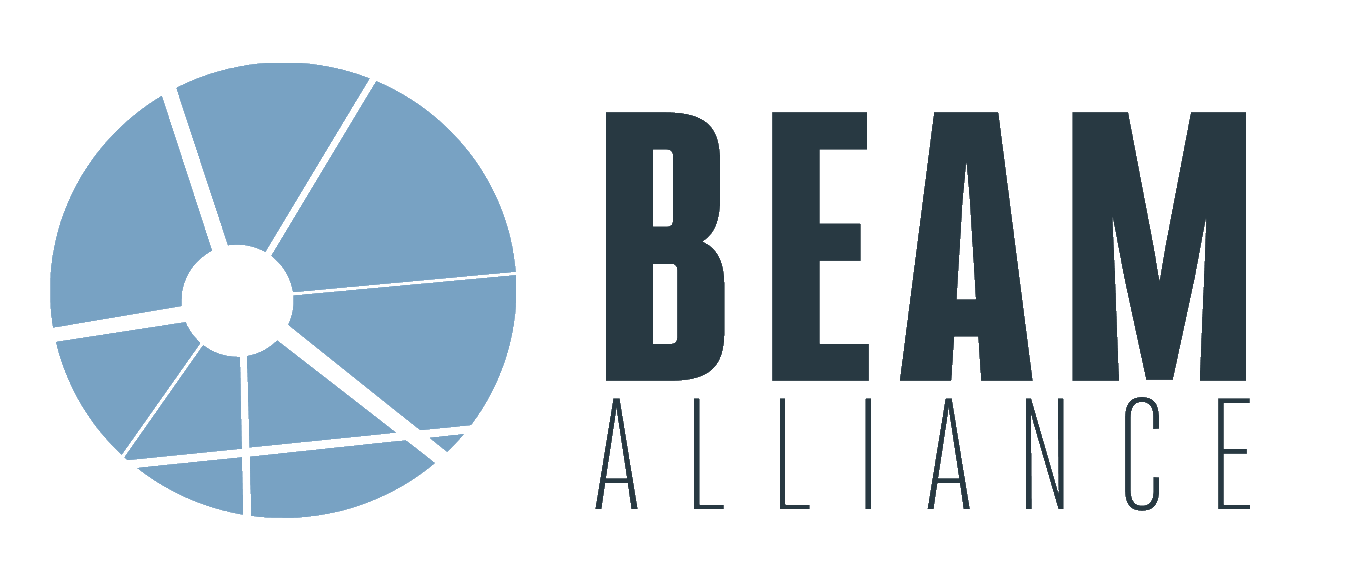The Milestone Prize aimed to Support AMR Innovation Requires Careful Analysis
- BEAM Alliance


Most of the innovative work in antimicrobial resistance (AMR) today is being led by small and medium-sized enterprises (SMEs). This is why public authorities are looking for ways to encourage them to continue their efforts, including the milestone prize, a financial reward tied to achieving specific development milestones, such as completing a Phase 1 clinical trial.
The discussion with Enrico Baraldi (Uppsala University) and Marc Gitzinger (BEAM Alliance, BioVersys) sheds light on the ins and outs of such a mechanism, which is mentioned in the European Parliament’s mandate for the trilogue negotiations on the General Pharmaceutical Legislation (GPL).
Potential Benefits — and Significant Uncertainties
The milestone prize aims to reduce the need for large “pull” incentives later in the process. However, since products at this stage are still far from market readiness, there is a real possibility they may never reach commercialization. This raises important questions: Is it prudent to allocate public funds as rewards for progress that may not ultimately deliver?
Addressing the Risks
To minimize the risk of wasted investment, target product profiles and a pipeline coordinator could be setup to monitor progress and identify potential setbacks early. If a developer abandons a project, the intellectual property could be transferred to another party. Yet, even with these safeguards, the approach remains uncertain.
Global Participation Adds Complexity
For the milestone prize to support Europe’s role in global AMR innovation (“EU fair share”), it must be accessible to developers worldwide. This introduces further complications: How will funding be secured, especially for non-European companies? And if obtaining funds is conditional on their use for future stages of development, should the mechanism really be considered ‘PULL’ or just ‘PUSH’?
BEAM’s Takeaways:
While the milestone prize could benefit SMEs, its implementation carries substantial risks. For the prize to serve its intended purpose, it must enable developers to repay early investors. If funds are simply reinvested into ongoing development, early backers remain exposed to risk, and the overall need for PULL incentives at commercialization is not reduced.
There are also practical challenges: What financial instruments could support a non-EU company at the end of Phase 1? And can a pipeline coordinator realistically oversee all eligible projects worldwide with sufficient rigor?
As things stand, we believe that the milestone prize requires further investigation in order to validate its operational feasibility and incentive potential, beyond the economic modelling already carried out. It therefore seems premature to introduce it into the GPL (assuming that this piece of legislation is the right vehicle).
To find out more:
Link to the full discussion
Link to BEAM’s PULL mechanism overview

